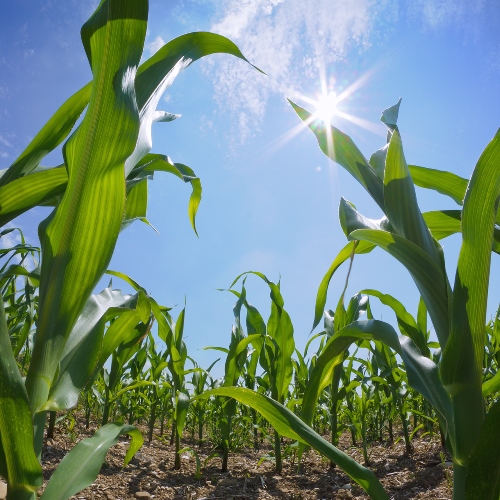Analysis of inorganic selenium
ALS offer analysis of inorganic selenium compounds by IC-HG-ICPMS. Samples are analyzed by ion chromatography with post column hydride generation and detection by inductively coupled plasma mass spectrometry. The use of hydride generation provides significantly improved sensitivity and thus better reporting limits (LOQ). ALS has analytical methods for testing for inorganic selenium compounds for a variety of sample types:
- Fresh water
- Marine water
- Soil, sludge and sediment
- Biota
ALS offers analytical packages including the main inorganic selenium forms:
- Analysis of selenite (Se IV)
- Analysis of selenate (Se VI)
About selenium
Selenium is a nutritionally essential element for both humans and animals and naturally occurs in a variety of plants and foods. It is also available as a dietary supplement for people and animals with selenium deficiency. Selenium is commercially produced, typically from sulfide ores. It is used for many applications including glass production where selenium is added to give the glass a red color, as semiconductor and in the electronics industry. Selenium in soil, sediments and water and other environmental matrices can thus mainly be traced back to agricultural and industrial processes but also natural activities.
While elemental selenium and selenides generally have a low bioavailability, the inorganic selenium compounds selenite and selenite are highly toxic. This is one reason why selenium speciation analysis adds valuable information to many studies. In the field of ecotoxicology, selenium is a particularly interesting element due to the fact that there is a relatively fine line between essential and toxic selenium concentrations.
